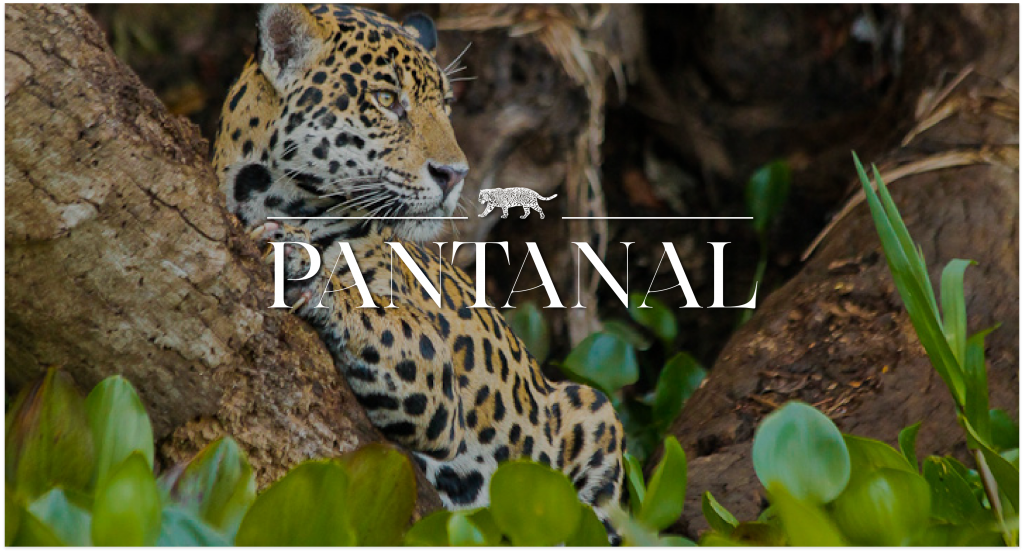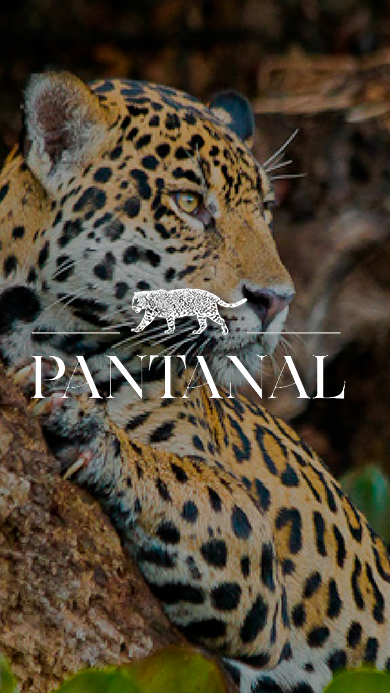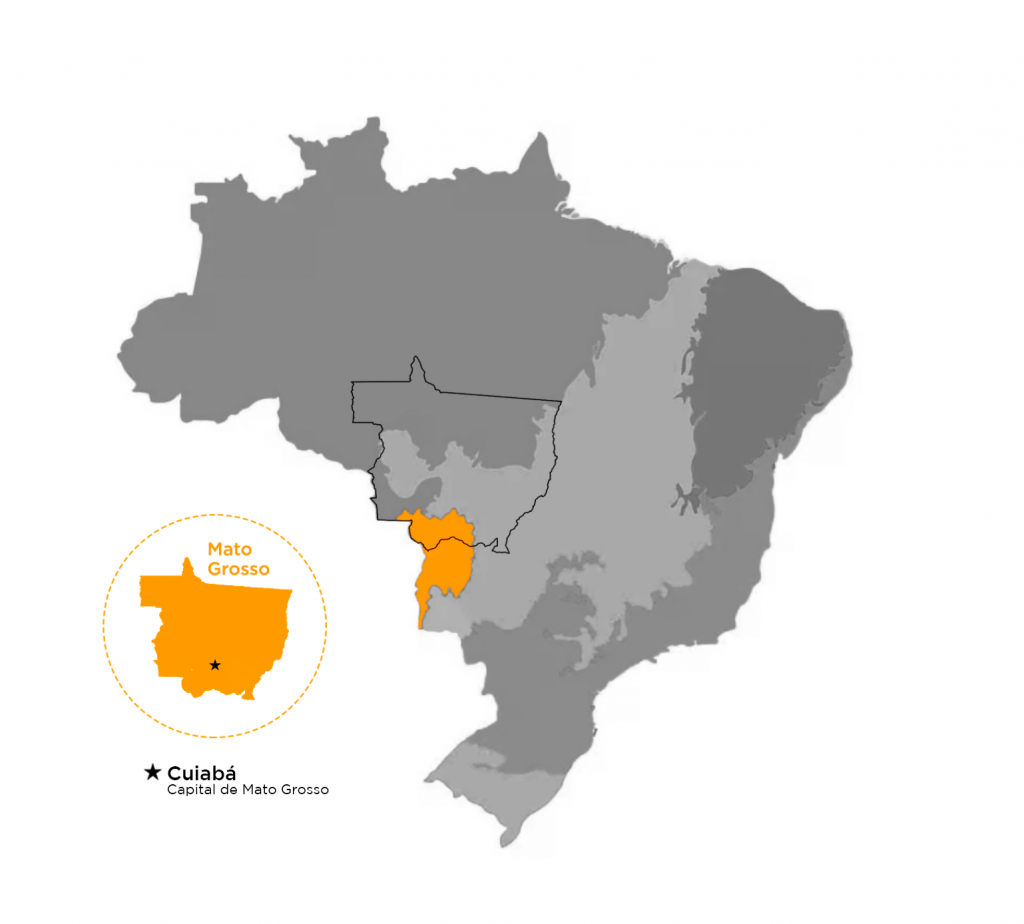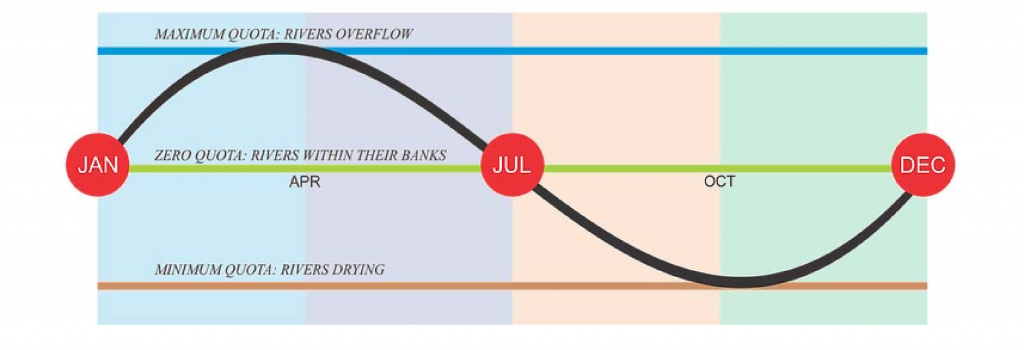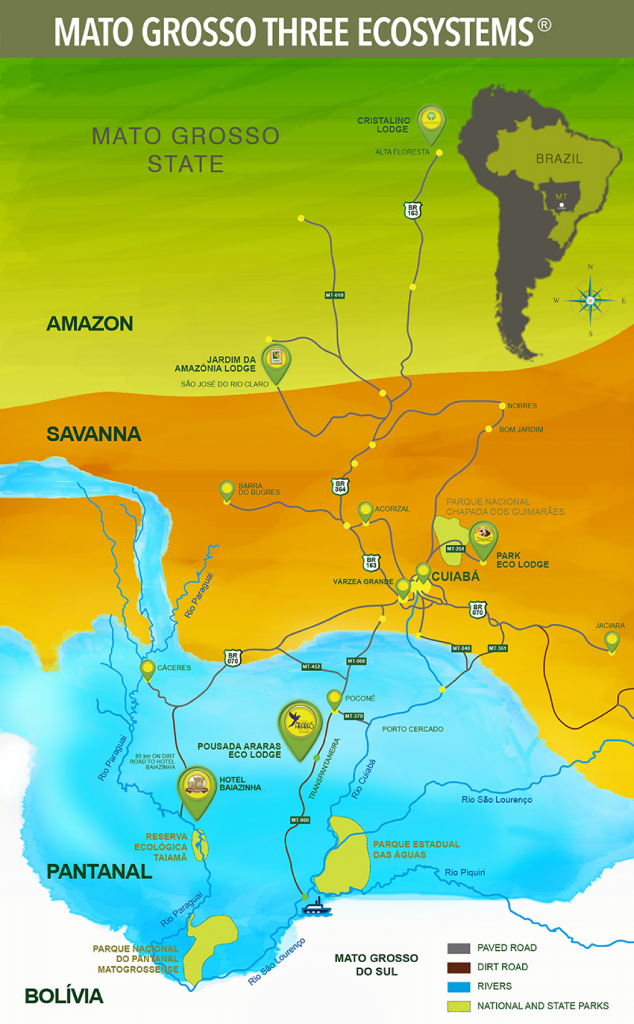O Pantanal é a maior planície alagável do planeta, classificada como Patrimônio Mundial Natural e Reserva da Biosfera pela UNESCO.
Existem mais de 124 mil quilômetros quadrados apenas no Brasil. O Pantanal Norte está localizado a apenas 2 horas ao sul de Cuiabá, capital de Mato Grosso, permitindo acesso seguro e fácil a um dos destinos mais fascinantes do mundo.
É uma das últimas grandes fronteiras selvagens do planeta e, certamente, a melhor localização nas Américas para assistir a vida selvagem, especialmente a enigmática onça-pintada.



